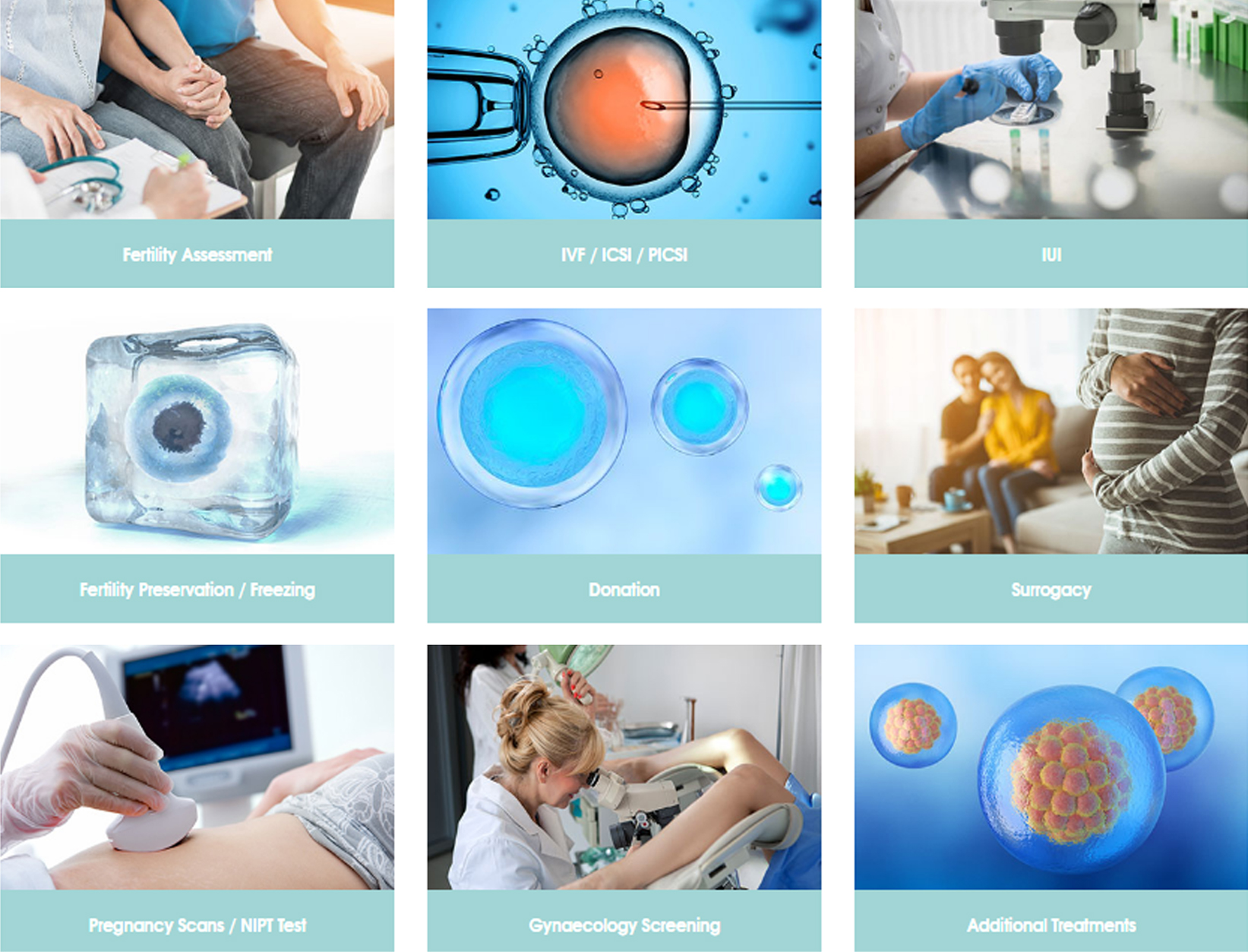Blastocyst culture and transfer
We have excellent success rates and our blastocyst programme has been widely acclaimed by professional colleagues in the field of embryology.

What is a blastocyst?
An embryo which has a large, central, fluid-filled cavity and two distinct cell types are known as a blastocyst. Embryos with the potential to form into blastocysts have usually done so by day 5 or 6 after insemination.
The cells in the centre of the blastocyst is called the inner cell mass and will give rise to the foetus following implantation. The single layer of cells on the outside of the blastocyst forms the trophectoderm and will give rise to the placenta.
Blastocyst culture
Until recently, successfully culturing embryos to the blastocyst stage was difficult. Scientific advances have led to the development of culture media that mimic the changing environment of the reproductive tract and meet the unique requirements of the embryo as it travels through the fallopian tubes. On average 65% of embryos grow successfully to the blastocyst stage in the laboratory environment.
What are the advantages of blastocyst culture?
The appearance of an embryo is not always capable of predicting blastocyst formation or implantation potential. Early in embryo development, when we have multiple embryos, it can be very difficult to determine which embryos have the greatest potential to give rise to a healthy pregnancy. By keeping the embryos in the laboratory until day 5, any differences between them can become more pronounced, as the embryos begin to form into blastocysts. Therefore, blastocyst culture allows the embryology team to select the most appropriate embryos for transfer, when there are multiple embryos from which to choose.
Blastocysts have an implantation potential of up to 60% per blastocyst. The ability to transfer a single blastocyst with a high implantation rate will increase the chance of a healthy singleton pregnancy and reduce the incidence of multiple births with the associated risks.
Why is blastocyst culture so successful?
Blastocyst transfer mimics natural conception in which the embryo travels down the fallopian tube and reaches the uterine cavity five days after fertilisation. This synchronises the development of the embryo and the lining of the womb to increase the chance of implantation.
Blastocyst culture exerts a selection pressure on a group of embryos and only the strongest and fittest will develop successfully to the blastocyst stage. By selectively excluding slow and arrested embryos from transfer, blastocyst culture will increase the probability of transferring a genetically normal embryo with a high implantation potential. This will increase the chance of achieving a successful pregnancy.
Can everyone have a blastocyst transfer?
Blastocyst transfer is not suitable for everyone. It is a laboratory selection process to identify the best embryo. In patients with only 1 or 2 embryos the embryos have already selected themselves for transfer and there is no significant advantage to leaving them outside of the uterus for longer.
Our experience with blastocyst culture and transfer
Our blastocyst culture programme began in 2000. We initially concentrated on patients with a history of repeated failed attempts but with a good number of embryos. The results were very encouraging and our first blastocyst babies were delivered in June 2001.
Today, we offer blastocyst transfer to any patient who has a sufficient number of fertilised eggs on day 1 after egg collection. Once this is known, the embryologist will discuss and guide you as to what is the best day for your embryos to be transferred.
What are the disadvantages of blastocyst transfer?
The greatest disadvantage is that there is a 2% chance that none of the embryos will continue to develop and form blastocysts by Day 5. This is because not every embryo has the capability of forming a blastocyst. It is fair to say that if an embryo does not survive to the blastocyst stage outside the uterus, it’s highly unlikely that it would have done so if transferred on day 2 or 3.
Is there any extra cost for blastocyst transfer?
There is an additional fee for blastocyst culture which is charged separately. If a day 2 or day 3 embryo transfer is recommended, we will refund you the cost of the blastocyst fee.






